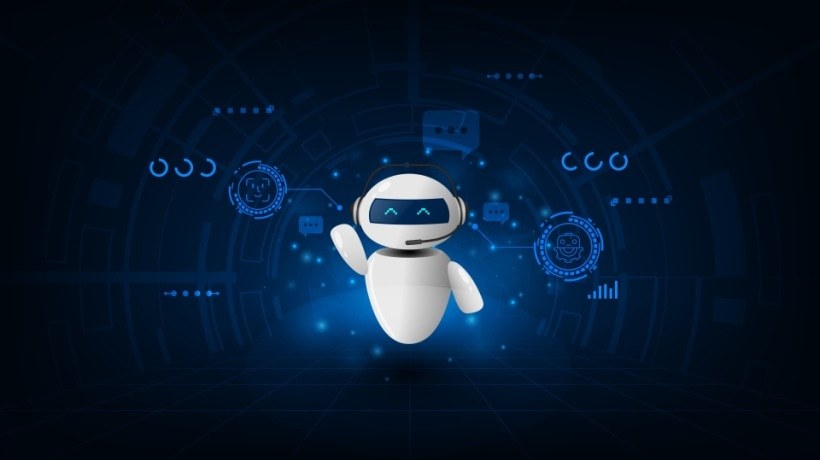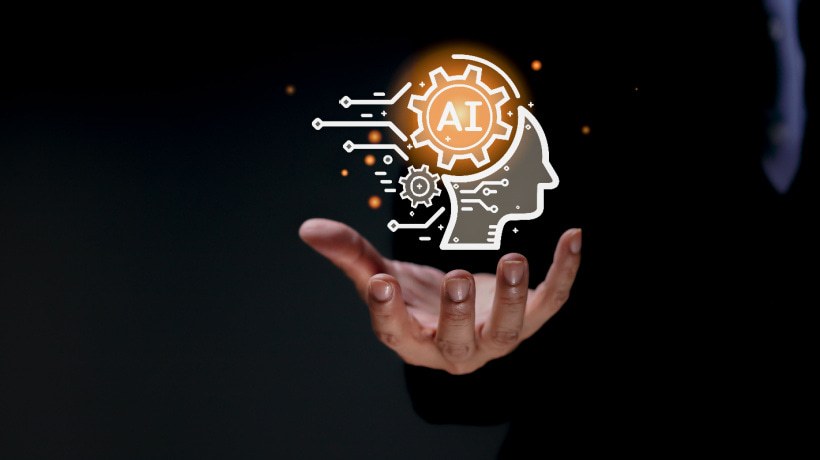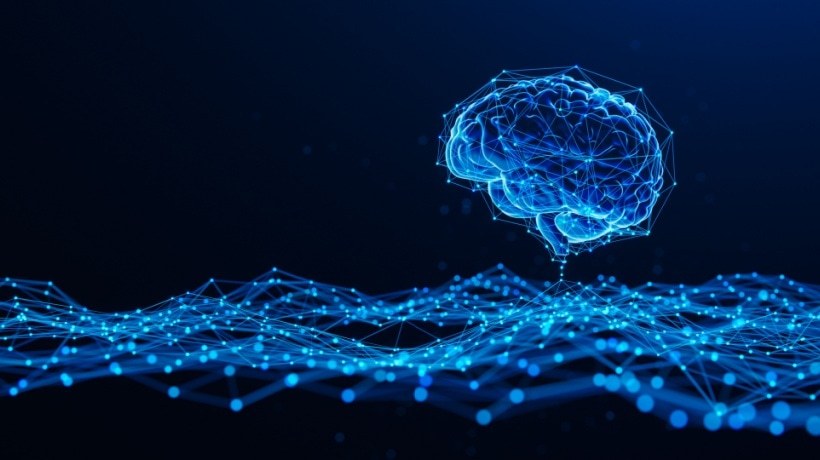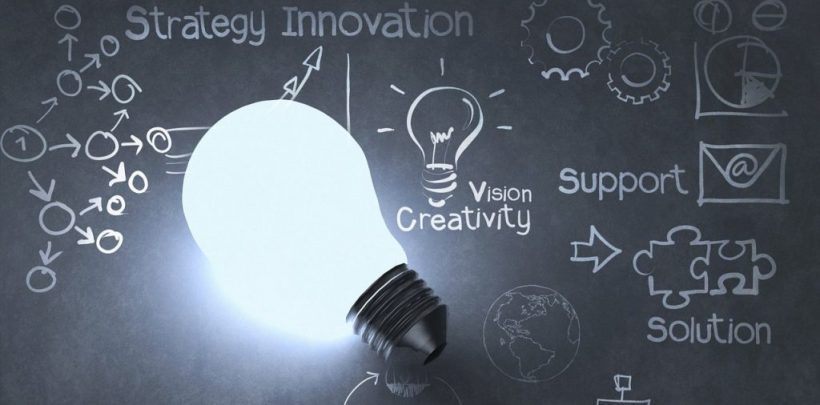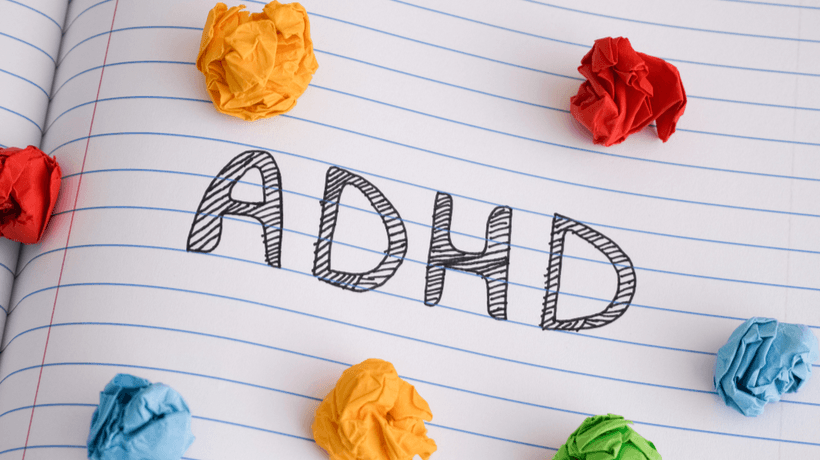Using Generative AI As An Accessibility Tool
Generative Artificial Intelligence (Gen AI) tools such as ChatGPT, Copilot, Gemini, and Khanmigo are rapidly proliferating and becoming integrated into nearly every aspect of life, including education. Although critics argue that these tools may replace traditional education, when used appropriately, they can complement teachers by serving as powerful educational partners. The diversity among learners often necessitates levels of support that a teacher alone cannot provide, underscoring the potential role of Gen AI in offering such assistance. Estimates suggest that nearly 20% of U.S. children are neurodiverse learners (Maxwell and Solis, 2024).
Neurodiverse learners, given their distinct cognitive profiles and varied neurological functioning, require specific kinds of attention. This group includes individuals with conditions such as ADHD, dyslexia, and autism spectrum disorder. Their differences shape them as unique learners who often benefit from specialized scaffolding and tailored instructional strategies. Depending on their specific diagnosis and the quality of support they receive, neurodiverse individuals may emerge as high achievers, or they might face significant challenges in the classroom. Gen AI can enhance learning by enabling practices that emphasize personalization, creativity, choice-based assessment, and enriched opportunities for social interaction.
Enhancing Personalization
Gen AI can significantly tailor learning for neurodiverse learners by adapting educational resources and content to suit their unique needs, learning styles, and mastery levels. Along with content adaptation, Gen AI tools can also provide personalized feedback to guide neurodiverse learners, based on their performance levels and learning goals. Another useful feature that Gen AI offers is the use of virtual avatars. These avatars can communicate with learners through speech-to-speech or text-to-speech functionalities, and vice versa. Such features may help bridge the accessibility gap that neurodiverse learners often face. With the support of these functionalities, neurodiverse learners can interact and progress at their own pace, which is always a benefit.
Advancing Creativity
Beyond customization and adaptation, Gen AI has great potential to foster creativity and critical thinking through multimodality. Multimodality refers to the use of multiple channels to make meaning (Haniya, et al., 2019). Rather than expressing thoughts primarily through text alone, recent Gen AI tools now allow for image, video, and audio generation to occur much faster than ever before. This flexibility provides more options for learners to demonstrate their understanding and develop critical thinking skills in innovative ways, based on their own voices and cognitive styles. For instance, a learner might create a documentary video on ancient civilizations in lieu of a written paper. Overall, these options allow creativity to flourish among learners.
Revolutionizing Assessment
Assessments are crucial for learning and making progress. However, traditional forms of assessment are often challenging for neurodiverse learners, as they are typically designed for a dominant learning pace and measured at the end of the unit in what is often called the one-size-fits-all approach. Moving away from this traditional model, Gen AI offers a powerful way to make assessment more meaningful and relevant by enabling various forms of assessment to occur simultaneously, from individual assignments to peer-to-peer activities and group projects, where every participant can contribute meaningfully to the learning outcomes. It can also include different assessment types, such as multiple-choice questions, video creation, website development, fieldwork, and written reports. By having access to these variations, neurodiverse learners are more likely to demonstrate their understanding in ways that suit their strengths, leading to greater effectiveness and inclusivity.
Fostering Sense Of Belonging
Because of their distinctive brain functionality, neurodiverse learners can face challenges when interacting in spaces designed for neurotypical individuals, such as the traditional classroom, and this create learning barriers in the classroom. Gen AI has the potential to address this issue by offering safe spaces free of judgement. Gen AI can also adjust the language used and interpret various symbols and signs if required. Through ongoing and scaffolded practices, neurodiverse learners may feel more comfortable, and ultimately, this may promote a stronger sense of belonging within the learning environment.
While Gen AI has the potential to advance and enhance learning opportunities for neurodiverse learners, it is also important to be mindful of the ethical challenges that accompany its use, such as the accuracy of information, algorithmic biases, and stereotypes, balancing teacher and AI support, and data privacy.
References:
- Haniya, S., A. O. Tzirides, M. Montebello, K. Georgiadou, B. Cope, and M Kalantzis. 2019. "Maximizing learning potential with multimodality: A Case study." World Journal of Educational Research 6 (2). https://doi.org/10.22158/wjer.v6n2p260.
- Maxwell, L. A., and V. Solis. October 5, 2024. "5 Common Learning Differences in Students: A Data Snapshot." Education Week. https://www.edweek.org/teaching-learning/5-common-learning-differences-in-students-a-data-snapshot/2024/10
